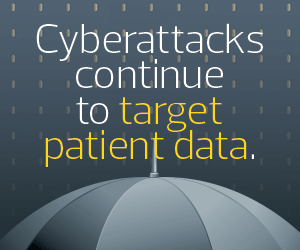1. Treat Telehealth Like Any Enterprise IT System
As telehealth services and remote health monitoring grow, IT teams must treat each edge devices, including wearables and implanted devices, and their supporting infrastructure as they would any other enterprise IT system.
With any technology implementation, a strategy is essential. Remember that edge devices are the responsibility of the healthcare IT department, not the cloud provider, and the performance of these devices can seriously impact care delivery.
For this reason, devices must be monitored and managed 24/7. Any strategy should include details about compliance, security and configuration management.
Document everything thoroughly (choose a tool offering automatic discovery and mapping for a holistic understanding of all IoMT assets at the edge of the network). Then, whenever possible, standardize to ensure consistency and make edge device management easier.
DISCOVER: How to accelerate strategies around Internet of Medical Things devices.
2. Improve Observability of Medical Devices
Keeping devices connected requires powerful network management capabilities to monitor and analyze network performance, track and automate configuration management, and more. But the decentralized nature of edge devices creates significant visibility challenges.
One option is to throw more monitoring and management tools at the problem, but this approach can quickly become counterproductive. As they switch between tools and dashboards, network operations teams can find themselves drowning in a sea of alerts.
Moreover, the massive amount of data these disparate tools generate can make it challenging to determine where the problem is. It’s easy to blame one component within the infrastructure when the issue may be a symptom of a more serious breakdown elsewhere.
This is why it’s critical to have strategies in place designed to simplify monitoring and management. One approach is to use artificial intelligence- and machine learning-powered observability. Observing the entire hybrid infrastructure within a single pane of glass gives IT managers a significant advantage in achieving well-performing and resilient remote healthcare.
An important benefit of observability is that it automatically prioritizes and surfaces real problems, whether they’re at the edge; in the cloud; or within web applications, networks or databases. This way, IT pros can make more informed decisions.












